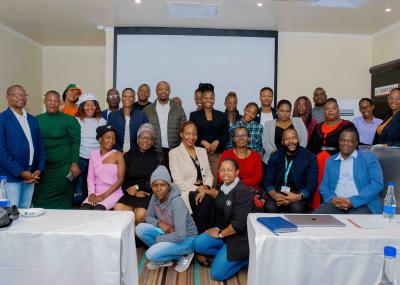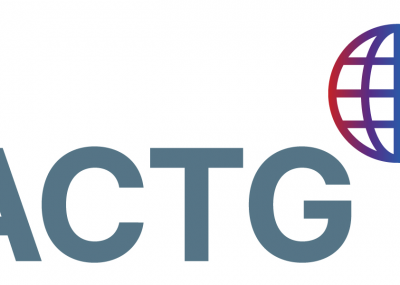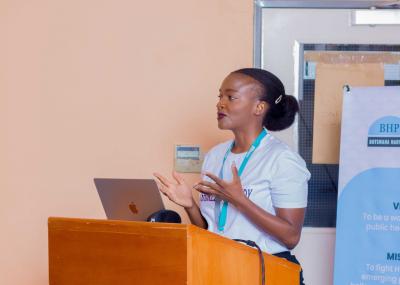Purpose of review: Treatment strategies for children with HIV are evolving, with considerations beyond plasma viremic control that raise the possibility of reducing or eliminating latent reservoirs to achieve posttreatment control. Novel strategies that maintain HIV viral suppression and allow time off small molecule antiretroviral therapy (ART) are of high priority. Trials with broadly neutralizing mAbs (bNAbs) have begun in children and may become a viable alternative treatment option. Recent bNAb treatment studies in adults indicate that bNAbs may be associated with a reduction in viral reservoirs, providing optimism that these agents may provide a pathway towards posttreatment control that rarely occurs with small molecule ART.
Recent findings: Children with HIV provide an ideal opportunity to study bNAbs as an alternative treatment strategy that reduces direct ART toxicities during critical periods of growth and development, allows time off ART and takes advantage of the distinct features of the developing immune system in children that could facilitate induction of more potent autologous cellular and humoral immune responses against HIV-1. To date, paediatric bNAb studies with reported results include IMPAACT P1112, IMPAACT 2008, IMPAACT P1115 and the Tatelo study, and these results will be reviewed.
Summary: In this review, we summarize the current and planned paediatric bNAb studies, with an emphasis on trial results available to date. We highlight the potential benefits of immune-based therapies for the maintenance of viral suppression and its potential for achieving viral remission in children living with HIV.




